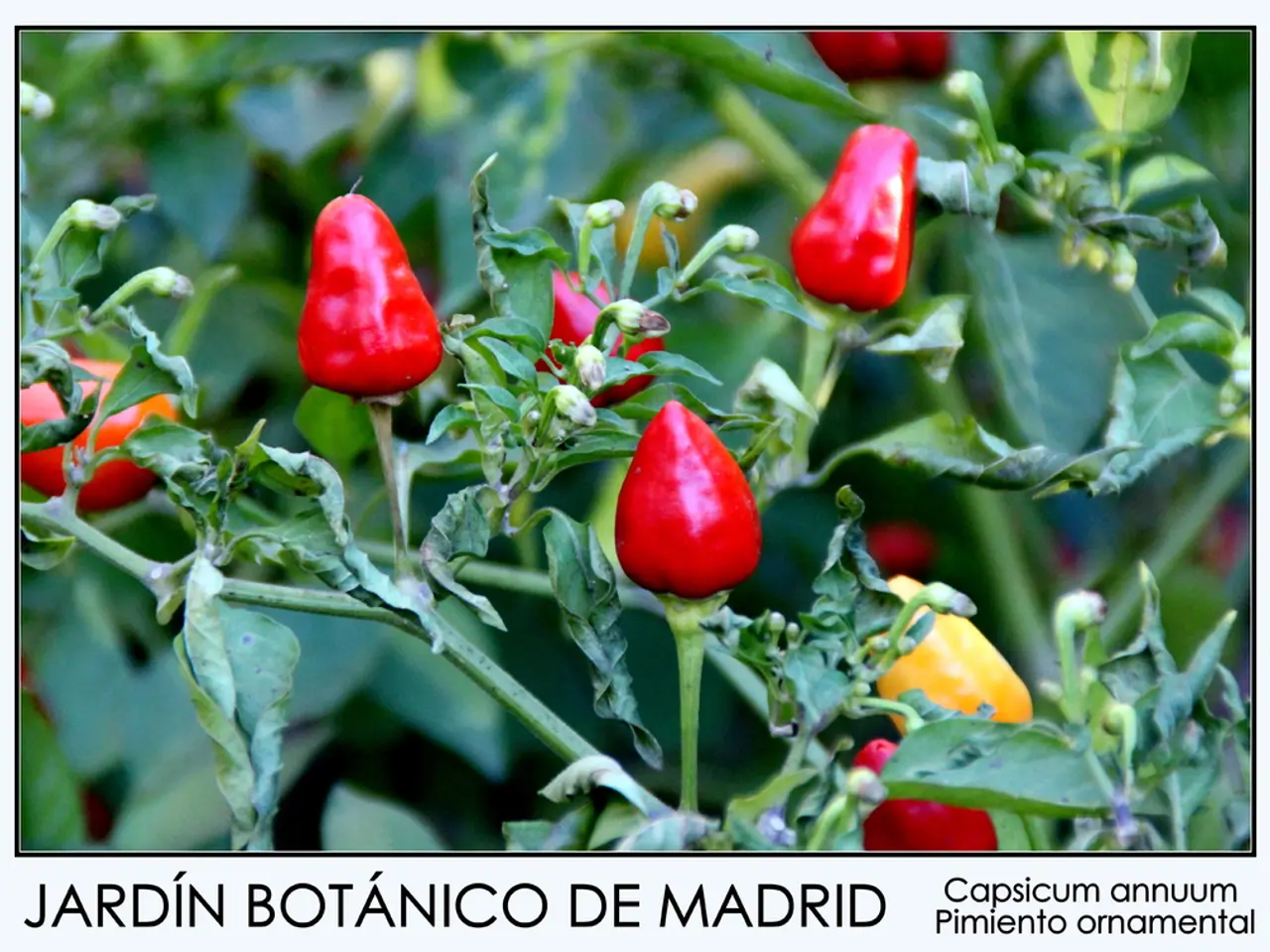Fermentation-derived L-valine using Corynebacterium glutamicum KCCM 80366
The European Union (EU) continues to rely on a validated method for determining L-valine in feed additives, premixtures, and compound feed, as outlined in Commission Regulation (EC) No 152/2009. This method, which involves ion-exchange chromatography (IEC) coupled with post-column derivatisation and optical detection by visible (VIS) spectroscopy, remains the standard procedure for regulatory compliance across EU member states.
The method, which ensures consistent, accurate quantification of amino acids including L-valine, involves several key steps. Sample preparation involves hydrolysis of feed samples to release free amino acids. Chromatographic separation is achieved using ion-exchange columns specifically designed for amino acid separation. Detection is carried out through a post-column reaction with ninhydrin, generating a colored complex measured by VIS absorbance, typically at wavelengths around 570 nm (purple color) or 440 nm (yellow for proline). Calibration is done using amino acid standards, including L-valine, to calibrate the system and quantify concentrations in the samples.
The minimum purity of L-valine in the feed additive remains at 72%. No further testing or validation of the methods is considered necessary according to the current application. The EU method, as previously stated, has a relative standard deviation for repeatability (RSD) ranging from 1.7 to 3.8% and a relative standard deviation for reproducibility (RSD) ranging from 8.8 to 16.1%.
It's worth noting that the feed additive, intended to be added to feed through premixtures, complementary feed, or directly into compound feed, is intended for use in all animal species. The authorization for L-valine, produced by fermentation with Corynebacterium glutamicum KCCM 80366, is sought under Article 4(1) for use as a nutritional additive in animal feed.
Safety Data Sheets (SDS) for L-valine indicate low toxicity, and standard laboratory handling precautions are recommended during analysis. Other indirect references warn that feed components and packaging must comply with broader EU regulations concerning material safety and potential contaminants, but these do not affect the analytical method itself.
The Commission Regulation (EC) No 152/2009 remains the current binding document for methods of analysis of feed materials in the EU. Laboratories performing L-valine analysis must comply with this regulation for official control and market surveillance. Analytical methods must maintain traceability and reproducibility as stipulated in the regulation. As of mid-2025, there have been no widely reported amendments superseding this method for ion-exchange chromatography and post-column derivatisation for L-valine.
The European Union Reference Laboratory (EURL) recommends the ring-trial validated European Union (EU) method or equivalent EN ISO 13903 method for official control of L-valine in the feed additive, premixtures, and compound feed. The consortium of National Reference Laboratories will not perform additional testing or validation as specified by Article 10 of Commission Regulation (EC) No 378/2005.
The EU method, however, does not distinguish between the salts of amino acids and cannot differentiate between enantiomers. This means that the method may not provide detailed information about the specific forms of L-valine present in the feed samples. Despite this limitation, the EU method continues to serve as the authoritative guide for L-valine determination in feed materials within the EU.
[1] Commission Regulation (EC) No 152/2009 of 20 January 2009 determining the methods of sampling and analysis for the official control of feed (Official Control Regulation) (OJ L 30, 3.2.2009, p. 1). [3] European Standard EN ISO 13903:2007 - Determination of amino acids and related compounds in food and animal feeds - Ion exchange chromatography - Post-column derivatisation - Ninhydrin derivatisation - Spectrophotometric detection.
- In the field of health-and-wellness, particularly nutrition, the EU method for determining L-valine in feed additives employs ion-exchange chromatography (IEC), which is outlined in Commission Regulation (EC) No 152/2009.
- For regulatory compliance in the EU, calibration of the system for L-valine quantification in feed samples is done using amino acid standards, such as those found in the area of data science and research.




